Coaches can use various techniques to help their clients achieve their desired outcomes. One we love to use is the metaphor!
How can a coach use metaphors?
A metaphor uses words to create mental images that are used symbolically or to represent something else. This approach is particularly helpful when conveying a complex or abstract concept.
Knowing how to interpret and use a metaphors during coaching sessions well can make a huge difference in achieving client or teammate's breakthrough.
Here are some metaphors that we are all familiar with, especially in workplace scenerios:
“a light at the end of the tunnel”
“stuck in a rut.”
"hit a wall"
Coaches can learn to use metaphors effectively to help their clients. Although intuition is important, practicing metaphors and creating a list of ones to use when needed is possible. This can help clients shift their perspective and move from feeling "stuck in a rut" to feeling "set free from the chains."
Coaches can also help clients explore their beliefs, values, and goals by asking powerful questions and actively listening. This process helps clients gain clarity and develop a plan of action that aligns with their vision for the future. Ultimately, coaching aims at empowering clients to make positive changes in their lives, and the use of metaphors is just one of the many tools that coaches have in their toolbox.
4 tips on how coaches use metaphors to understand problems better
- Listen to the client and understand the images they try to convey through metaphors.
- Use their metaphors to help them delve into the situations they discuss. For example, if the client has “hit a wall,” have them explain what the wall looks like, how tall it is, what it is made of and how they feel they might get to the other side.
- If the client does not come up with a metaphor, try to provide one that could give insight into their mindset. For instance, talk about their situation as a ship on the ocean. Get them to describe visually what that looks like for them. What are the obstacles? What does the ship look like? What does their destination look like?
- Once they have a perspective on the metaphor, try moving forward to get to an action using it.
If you're a coach and interested in adding more tools to your coaching toolkit, or if you'd like to lead your team with better results, book a call with our Enrolment coach to see which course would suite your goals and schedule best.

